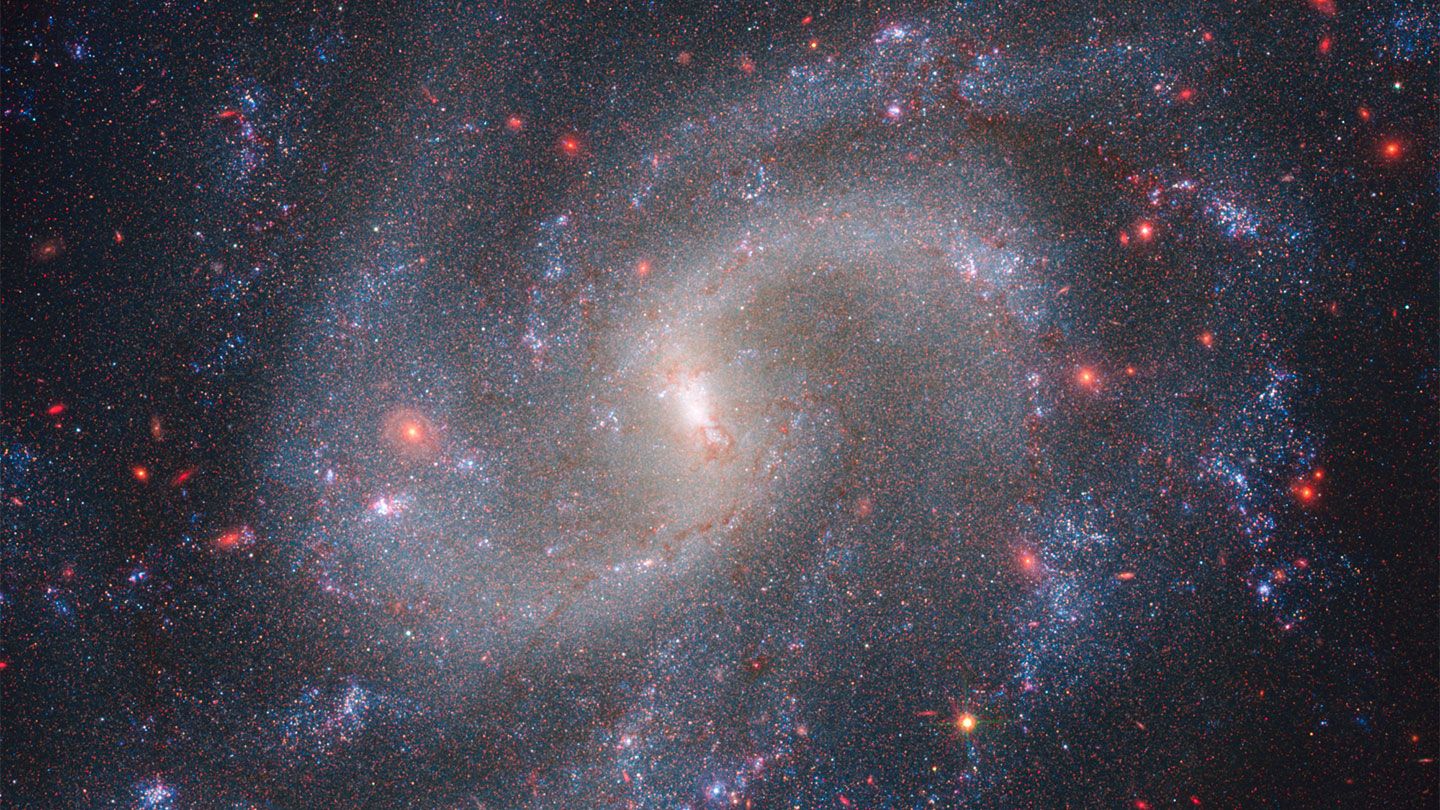The greatest puzzle in cosmology just got even more puzzling.
The conflict comes down to calculations of the Hubble constant, a number that describes how fast everything in the universe is flying apart. One calculation, based on Planck satellite observations of the oldest light in the universe in conjunction with the standard model of cosmology, suggests the Hubble constant is 67.4 kilometers per second per megaparsec (a megaparsec is about 3 million light-years). Hubble Space Telescope images of stars at various distances from us provide a fundamentally incompatible value — 73 kilometers per second per megaparsec.
The discrepancy is known as the Hubble tension, and new JWST data hasn’t done anything to ease it (SN: 7/30/19). The telescope took images of the same stars as the Hubble telescope and calculated a very similar Hubble constant. Although the Planck number disagrees from the Hubble telescope and JWST number by less than 10 percent, the discrepancy in the measurements implies that there’s something terribly wrong with our understanding of the universe. Unless an error turns up in one of the measurements, it will take strange new physics to explain the tension.
“Papers in the literature over the last 10 years have invoked anything from weird dark matter to weird dark energy, to another [exotic] particle, to a magnetic field in the early universe to a new field, all kinds of things” to explain the Hubble tension, says cosmologist Adam Riess of Johns Hopkins University.
2023-09-28 07:00:00
Source from www.sciencenews.org
